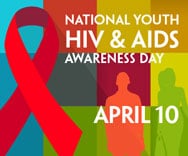If your fear of flying is putting a damper on your summer travel plans, know that you are not alone- and that your family physician can offer you a few different medications that may reduce your stress. Many patients have told me they were afraid to ask for any medication, because they did not realize these drugs could be used situationally for a single event such as a flight.
Beta-blockers- this class of medication simply keeps your heart from racing, and lowers your blood pressure. This drug is used for public speaking anxiety as well.
Sleep aids-these are longer acting sedatives indicated for treatment of insomnia; physicians consider prescribing these for flights longer than 6 hours, such as fully across the country or overseas.
Behavioral modifications are also key to help the time "fly" by; consider:
- Noise-cancelling headphones make a world of difference, especially if you can use them to engross yourself in a visual media as well, such as your favorite television series or movie.
- Music by itself, particularly a very familiar whole album or musical
- Crazily addictive games on your phone or iPad
- Puzzles or word searches
Avoid stimulants like caffeine and decongestants- no need to ramp up your heart rate before you even get on the plane!
If you have the luxury of time before you travel, consider biofeedback, hypnosis, or meditation training.
Bottom Line: Fear of flying is common- plan ahead and talk to your doctor if you would like to consider a medication to lesson your stress.


